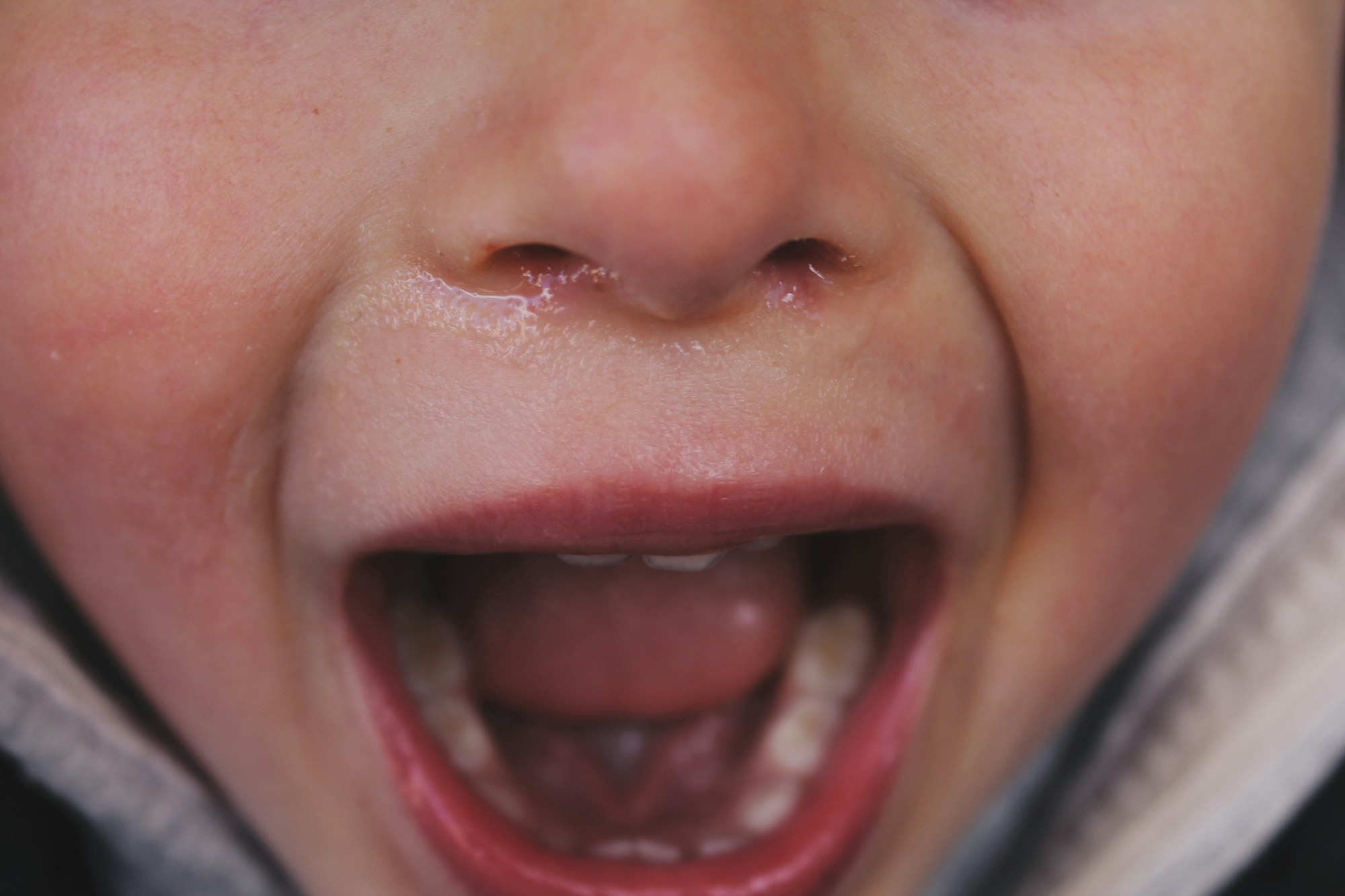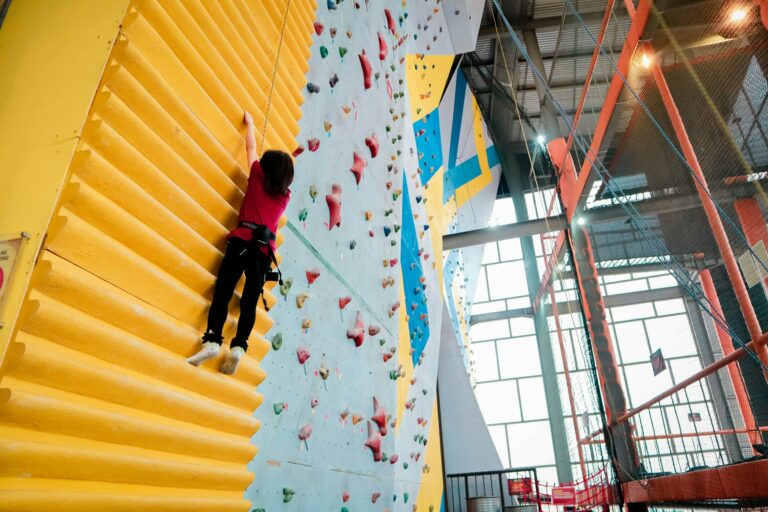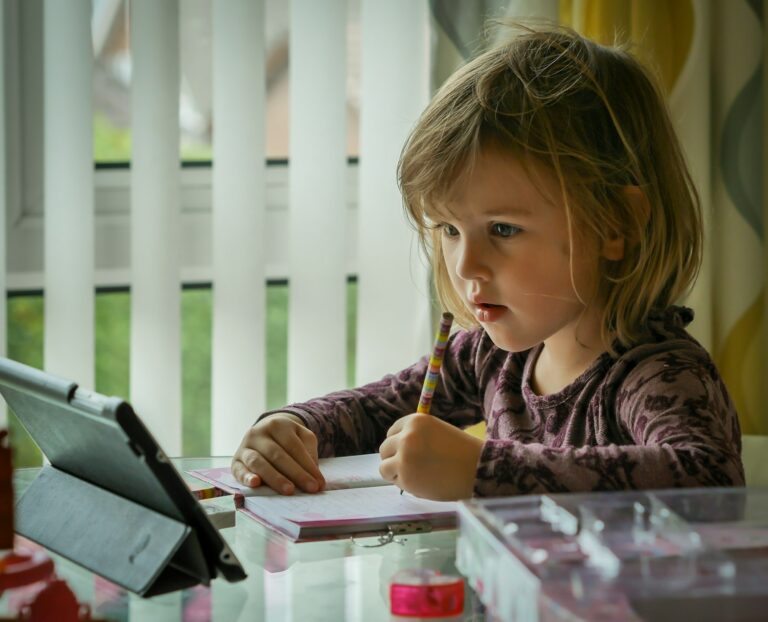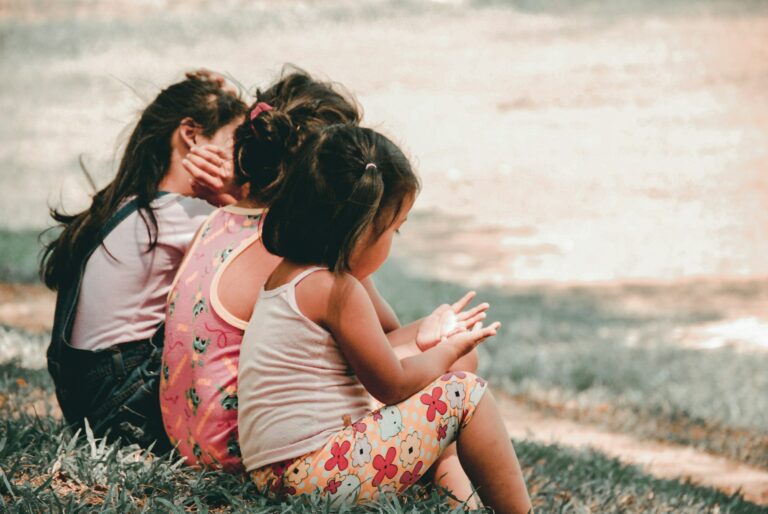The mere mention of frustration in child education may instantly recall images of your child sitting at the study table, shoulders tense, brows furrowed, perhaps refusing to tackle yet another set of sums or reading comprehension passages. Many parents find themselves asking, “Why is learning so overwhelming for my child? Is this normal? Can it be changed?” Questions like these are woven into everyday life with children—because the journey of learning is equally about emotional resilience as it is about academic skill. Expectations pile up, both from outside (school, exams, comparisons with peers) and inside (your child’s hopes, your own hopes, family traditions). The result? Sometimes motivation flourishes, but at other times, cycles of emotional and behavioural challenges.
But frustration in child education need not be seen as a barrier alone; it can also be a stepping stone, an invitation to develop patience, adaptability, and inner strength. Today, let’s look deeply at why children experience frustration, how their brains and emotions are involved, which signs should catch your attention, and – above all – practical, science-backed solutions that can transform these daily battles into moments of growth for your child and your family.
Understanding Frustration in Child Education
What exactly happens during frustration in child education? Think of it as an emotional signal: the brain’s alarm bell, ringing when a child desperately wants to succeed, win praise, or simply understand—but something blocks that path. Sometimes it’s a worksheet that feels impossible, sometimes it’s something as simple as not being allowed to play outside before homework is done. Neuroscientists describe frustration as a balance to the reward system in the brain: while rewards fuel motivation and delight, frustration—when handled with patience—builds coping skills.
You might see this as your child’s refusal to write, tantrums over math homework, tears during reading, or sullen silence after a challenging day. Studies show that children who experience manageable levels of frustration learn to pause, reflect, and make sense of their feelings rather than collapsing under pressure. Over time, their emotional regulation, problem-solving ability, and even their brain’s neural pathways shift—preparing them for life’s many uncertainties.
Varieties of Frustration Experienced by Children
Not all frustrations are the same. Children face several unique flavours of frustration in child education:
- Academic frustration explodes during learning difficulties—slow progress in reading, tough multiplication tables, or exam stress. Research highlights children with ADHD or learning disabilities experience frustration more intensely, sometimes feeling defeated by the simplest mistake.
- Social frustration appears when a child feels left out, bullied, or unable to make friends. The pain of exclusion or peer pressure often seeps silently into daily study habits, making school feel like a minefield.
- Emotional frustration roots itself in the struggle to express or manage big feelings—especially in younger children prone to sudden meltdowns, or in preteens who withdraw and self-criticise.
It is not uncommon for these forms to overlap. A child struggling with English comprehension may start avoiding classmates, spiralling into self-doubt. Recognising these patterns becomes the first step towards meaningful support.
Why Frustration in Child Education is Growing
Parents often observe that their children seem more stressed now than before. The reasons lie everywhere: demanding school curricula, rising competition, digital distractions, and—perhaps most of all—unrelenting expectations. Surveys in core subjects like mathematics show that up to 60% of students report regular frustration. Add peer comparisons, busy schedules, and the pressure to excel, and the result is often emotional overload.
Left unaddressed, this environment not only erodes motivation but can sometimes take a toll on a child’s emerging self-esteem and mental health. It’s not simply about “trying harder”—children need tools and safe spaces to pause, regroup, and learn new ways to handle difficulty.
The Neuroscience Behind Frustration: What the Science Says
Modern neuroscientific studies illuminate an intriguing truth: children who are gently exposed to frustration in child education and guided through it develop stronger resilience and greater academic success. Each episode of struggling—and conquering—the urge to give up etches specific tracks into the brain’s wiring, supporting skills such as:
- Patience: Learning that not every goal can be achieved instantly. Waiting their turn, accepting a slower pace, every moment teaches delayed gratification.
- Perseverance: The ability to push through setbacks—not as a heroic feat, but as a quiet, daily effort that slowly builds up a growth mindset.
- Social competence: Everyday sources of frustration—sharing toys, losing in a game, not winning a prize—are opportunities to practice negotiation, empathy, and team work.
These brain circuits, once established, become the bedrock for lifelong learning and adaptive, flexible thinking. The beauty lies in the ordinary: even a small win over disappointment rewires a child’s response to future setbacks.
The Role of Adults: Supporting Children with Empathy
Every parent has wrestled with how to respond rather than simply react to a child’s tears or stubborn refusal during homework. For younger children, every “no” or unmet desire can feel monumental. Instead of rushing to smooth every difficulty, the art lies in staying close, modelling calm, and speaking to the child’s emotion.
Consider these pillars:
- Model calm responses: Children mirror adult reactions. If you show patience and steadiness under pressure, they internalise those cues.
- Encourage problem-solving: Walk your child through solutions; avoid the temptation to erase all hurdles.
- Create structure and reassurance: Firm boundaries, paired with comforting support, help children feel both safe and guided.
Breakdowns are not always about defiance; sometimes they’re silent pleas for help. Chronic, unmanaged frustration in child education can lead to headaches, stomach aches, and emotional shutdown. Being the compassionate anchor makes all the difference.
Practical Techniques for Managing Frustration
How to put theory into practice? The “Yes, but first…” strategy stands out:
- Active waiting: “Yes, you can play cricket, but first arrange your school bag.” Linking future rewards to current actions helps children connect effort with satisfaction.
- Passive waiting: “Yes, you may watch TV, but only after I finish this call.” The child must wait independently—a harder skill, but a powerful exercise in self-control.
Praise every small effort at managing frustration. Neuroscience reveals that positive feedback activates the brain’s reward circuits, boosting motivation for future challenges.
If your child melts down over minor delays, gently increase exposure to small frustrations, building their endurance gradually—much like exercising a muscle.
Why Does Frustration Happen? Exploring the Roots
Academic and Cognitive Factors
Sometimes frustration in child education stems from simply being overwhelmed. Tasks set above the child’s current abilities (think: endless worksheets, tricky homework) can lead to repeated setbacks. For children with ADHD, attention slips; for those with dyslexia, reading feels like a climb up a mountain. Without tailored support—like breaking work into smaller steps or using supportive technologies—motivation declines and anxiety rises.
Emotional and Motivational Forces
A child disconnected from what they are learning may drift, procrastinate, or resist. Poor study habits, difficulties with organisation (“executive functioning”), or test anxiety can all create a sandstorm of emotional resistance. The danger isn’t laziness, but a slow erosion of confidence.
Environmental and Social Components
Imagine trying to solve a puzzle in a noisy, chaotic place. Chaotic classrooms, lack of routines, or minimal support at home can make every small challenge feel insurmountable. Social stress, bullying, and rigid school rules turn school into an emotional battleground. Parents can soften this impact by crafting a calm, predictable space and keeping communication lines open.
Detecting the Signs: What Parents Should Watch For
Behavioural and Emotional Cues
Outbursts, aggressive words, refusal to try, or silent withdrawal all wave red flags. Humour or sarcasm may mask discomfort. Sometimes, children express their frustration nonverbally—slamming books, sighing, or disappearing behind screens. Emotional overload can even show up physically (stomach pain, headaches).
Academic No-Shows
Incomplete assignments, falling grades, or a flat refusal to attempt harder questions hint at underlying frustration in child education. These signals often mask a deeper emotional struggle.
Social Shifts
Mood swings, pulling away from friends, clinging to a particular classmate, or sudden irritability often tell a quieter story of emotional struggle. If these changes persist, especially combined with academic difficulties, gentle intervention is warranted.
The Impact of Frustration: Short- and Long-Term Observations
Emotional Ripple Effects
Short-term, frustration in child education might spark tears, anger, or sadness. Over months and years, unmanaged frustration can darken self-image, promoting anxiety and, in certain cases, symptoms that resemble depression. Neuroimaging studies caution: chronic stress in early years may influence key brain regions responsible for learning, memory, and behaving with self-control.
Educational and Behavioural Implications
Consistent frustration saps engagement. Children who feel they “never succeed” may simply give up, tuning out, skipping classes, or—down the line—considering dropping out. The solution lies in early, understanding intervention; children do not simply grow out of these patterns without help.
Tailoring Approaches for Diverse Learners
Children with Learning Disabilities
Children diagnosed with ADHD, dyslexia, or other learning disabilities face hurdles that are neurological as much as academic. Early identification, creation of personalized education plans, and the use of multisensory teaching methods can transform fear into confidence. Honest conversations, emotional check-ins, and breaks integrated into study sessions all support resilience.
Exceptionally Gifted Children
Surprisingly, gifted children wrestle with boredom and lack of challenge—sometimes leading to their own brand of frustration in child education. For these learners, advanced assignments, open-ended tasks, and emotional coaching make all the difference, promoting tolerance for setbacks and a passion for growth.
Remote and Online Learning Scenarios
Online learning, while flexible, is fraught with unique difficulties—technical glitches, missing peer interaction, unclear schedules. The antidote: structure, opportunities for breaks, regular check-ins, and easy-to-use, accessible digital tools.
Recognising and Addressing Frustration: Partnering as Parents and Educators
Attentive observation—tuned to subtle emotional or behavioural cues—is invaluable. Open, age-appropriate conversations about feelings offer a safe space for children to voice their struggles. Documenting when and where frustration in child education peaks helps adults tailor their response, providing continuity between home and school.
Occasionally, outside input is helpful: a professional can distinguish between “classic” development and signals pointing to learning or emotional needs. Collaborative approaches multiply the impact.
Strategies for Minimising Frustration: Home and School Partnership
At Home
- Create a positive, predictable environment with routines that your child can count on.
- Break big tasks into bite-sized steps; every completed small task builds momentum.
- Celebrate not just results but consistent effort—little wins matter.
- Talk openly about setbacks. Teach your child to name their feelings, turning “I can’t do it” into “This is hard, but I will try.”
- Let your responses—calm, steady, reassuring—set the emotional tone.
At School
Teachers and school leaders can:
- Adapt tasks and expectations, matching challenge to current skills.
- Applaud effort, not just high scores.
- Work closely with families, exchanging observations and offering encouragement.
- Affirm that frustration in child education is universal, not a cause for shame.
Building Resilience, Self-Regulation, and a Growth Mindset
From deep breathing exercises to “brain breaks,” coping strategies should become as routine as studying. Framing struggles as part of the learning adventure—not proof of failure—nourishes grit. Encourage your child to reflect, rethink, and try once more.
Tools and Techniques for Every Day
- Mindfulness activities: Even one-minute breathing practices or progressive muscle relaxation can anchor a child after an emotional storm.
- Role-play social skills: Simplify conflicts through gentle practice.
- Educational technology: Apps that use games and stepwise rewards tracks progress, shifting learning from dread to play.
- Visual aids: Schedules, colourful checklists, and simple timers help children plan and regulate their time, reducing anxiety.
Case Snapshots: Transformation in Real Life
- When reading felt impossible for a young girl, her parents’ encouragement and acceptance (plus a familiar reading routine) led to steady, joyful improvement.
- Peer tutoring and open recognition gave a maths-averse student tangible pride—and an unexpected boost in social confidence.
- For a child with dyslexia, multisensory tools and steadfast positivity uncovered abilities previously hidden.
- An 8-year-old with ADHD discovered calm through routine, clear emotional cues, and short activity breaks, making homework less overwhelming.
Each instance reminds: frustration in child education can be a springboard for growth, when met with steady, informed support.
Key Takeaways
- Frustration in child education is a common part of growing up and learning—natural, not shameful.
- These experiences teach patience, resilience, problem-solving, and social skills that benefit children far beyond the classroom.
- Adults shape the journey; your warmth, guidance, and structured support pave the way for healthier responses to challenge.
- By embracing personalised techniques—routines, open conversation, mindfulness, and celebration of small efforts—parents can help children move from struggle to empowerment.
- For persistent issues, specialised resources and knowledge from professionals are available. Download the Heloa app to access personalised tips and free health questionnaires for your child.
Questions Parents Ask
Why does my child get frustrated so quickly during learning activities?
Some children seem to get upset easily during studies, especially if the work feels difficult, if they feel pushed to do well, or if they are comparing themselves to other children. Sometimes, being sensitive by nature or aiming for “perfect” results adds to that strain. It is a regular part of the school journey for many. You can help by showing understanding, praising small steps, and guiding your child gently, step by step.
What can I do if my child loses motivation after getting frustrated?
It can be disheartening to see enthusiasm fade when work gets tough. Try making the task smaller and clearer, so your child feels progress faster. Celebrate every small achievement. Remind your child that learning is a steady process, and reassure them that it’s fine to find some things hard—it shows they are growing. With steady guidance, motivation often returns.
How can parents help children build frustration tolerance?
Frustration tolerance builds slowly. Simple games and puzzles that get harder in stages are helpful for practicing this at home. When your child struggles, name the feeling together, and try simple relaxation (deep breathing, a short pause). Most importantly, offer comfort and state calmly that these tough patches do pass with time and practice. Your attitude sets the scene for recovery and bounce-back.









